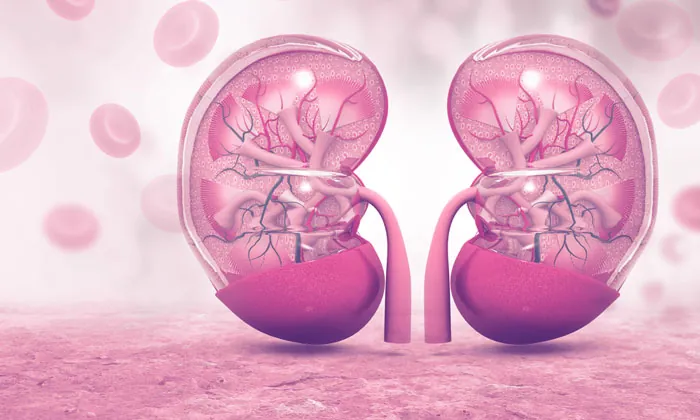
Revolutionary Lab-Grown Kidneys Could Transform Disease Modeling and Transplants
2025-09-22
Author: Nur
Breakthrough in Kidney Regeneration
Researchers at USC Stem Cell have reached a stunning milestone in regenerative medicine. They've successfully engineered the most sophisticated lab-grown kidney structures yet, known as ‘assembloids,’ which not only mimic the complexity of real kidneys but also function similarly. This innovation has the potential to revolutionize the study of intricate kidney diseases.
A Leap Forward in Kidney Research
In an impressive feat detailed in the journal Cell Stem Cell, a team led by Associate Professor Zhongwei Li has crafted advanced synthetic kidneys from both mouse and human cells. This groundbreaking study is poised to bring hope to the more than 100,000 patients in the U.S. waiting for kidney transplants—the only viable cure for end-stage kidney disease.
Assembloids: The Future of Kidney Models
Building on their previous work with simpler organoids comprised of nephrons and collecting ducts, the researchers have now combined these components into more intricate structures, called assembloids. These complex models reflect true kidney architecture and function.
Growing Functional Kidneys
The team has optimized how these assembloids thrive in the lab and took a daring step: transplanting them into live mice. Once in their native environment, these assembloids not only grew but developed essential tissues and blood vessels, showcasing a remarkable capability for self-assembly.
Achieving Adult Kidney Functionality
Unlike previous organoids which ceased developing at an embryonic stage, the mouse assembloids now reach maturity equivalent to newborn kidneys. The human assembloids, while slightly less understood due to a lack of newborn references, surpass previous limitations and show immense promise.
Modeling Kidney Diseases Like Never Before
These assembloids also show potential as high-fidelity models for studying complex kidney diseases. For instance, researchers successfully created human assembloids with a genetic mutation linked to autosomal dominant polycystic kidney disease (ADPKD). These models developed significant kidney cysts and exhibited advanced characteristics of the disease, which previous lab setups failed to replicate.
A New Era for Kidney Disease Research and Treatment
Dr. Li emphasizes the transformative nature of this research, calling it a powerful new tool not just for studying a variety of kidney diseases but as a foundational step toward engineering fully functional synthetic kidneys. This breakthrough could offer life-saving options for countless patients in dire need.


 Brasil (PT)
Brasil (PT)
 Canada (EN)
Canada (EN)
 Chile (ES)
Chile (ES)
 Česko (CS)
Česko (CS)
 대한민국 (KO)
대한민국 (KO)
 España (ES)
España (ES)
 France (FR)
France (FR)
 Hong Kong (EN)
Hong Kong (EN)
 Italia (IT)
Italia (IT)
 日本 (JA)
日本 (JA)
 Magyarország (HU)
Magyarország (HU)
 Norge (NO)
Norge (NO)
 Polska (PL)
Polska (PL)
 Schweiz (DE)
Schweiz (DE)
 Singapore (EN)
Singapore (EN)
 Sverige (SV)
Sverige (SV)
 Suomi (FI)
Suomi (FI)
 Türkiye (TR)
Türkiye (TR)
 الإمارات العربية المتحدة (AR)
الإمارات العربية المتحدة (AR)